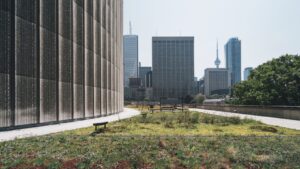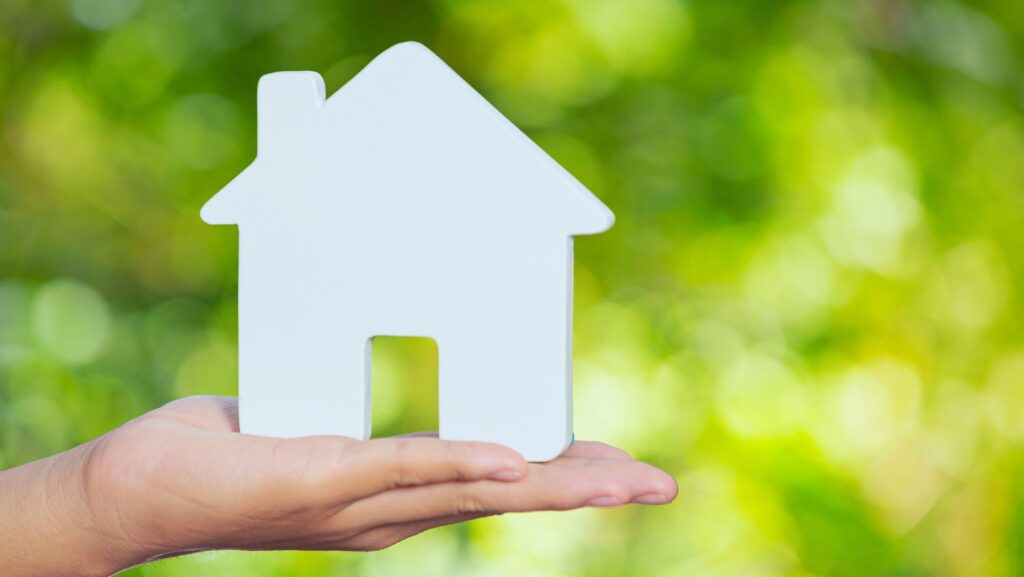Another Term for the Sustainability Pillar Economics
 When discussing sustainability, the term “economics” often comes up as one of the three critical pillars. But what if there’s another way to frame this concept that captures its essence more effectively? The sustainability pillar of economics is not just about financial growth; it’s about creating systems that support long-term prosperity and well-being.
When discussing sustainability, the term “economics” often comes up as one of the three critical pillars. But what if there’s another way to frame this concept that captures its essence more effectively? The sustainability pillar of economics is not just about financial growth; it’s about creating systems that support long-term prosperity and well-being.
Many experts prefer the term “economic viability” to highlight the importance of maintaining economic systems that can endure over time. This shift in terminology emphasizes that sustainable economic practices aren’t just about profit but also about resilience and adaptability. By focusing on economic viability, we can better understand how to create a balanced approach that supports both current and future generations.
Understanding Sustainability Pillars
Sustainability encompasses three core pillars: environmental protection, social equity, and economic viability. Each pillar serves a specific function in promoting sustainable practices across various sectors. Environmental protection focuses on conserving natural resources and reducing ecological impacts. Social equity emphasizes fair treatment, rights, and opportunities for all individuals. Economic viability, often misunderstood as financial growth, highlights long-term prosperity and adaptability. By integrating all three pillars, communities can work towards a balanced and sustainable future.
The Role Of Economics In Sustainability
Economics is crucial in achieving sustainability. It addresses not just financial growth but also the viability of systems for long-term prosperity.
Historical Context
The concept of sustainability gained momentum in the late 20th century. The Brundtland Report of 1987 was pivotal, defining sustainable development as development that meets the needs of the present without compromising the ability of future generations to meet their own needs. Economists began to recognize that economic growth couldn’t be separated from social and environmental contexts. This understanding led to frameworks that integrated economic viability with environmental protection and social equity.
Key Concepts

Economic Viability: This concept focuses on creating systems that ensure long-term economic health. It involves optimizing resources,reducing waste, and enhancing efficiency. For instance, sustainable businesses aim for profitability while maintaining ethical labor practices and reducing environmental impact.
Resource Allocation: Efficient use of resources ensures sustainability. By allocating resources wisely, economies can maintain balance, reducing the risk of depletion and ensuring availability for future generations. Examples include water conservation and energy-efficient technologies.
Resilience and Adaptability: Economies must be resilient and capable of adapting to changing conditions. This involves diversifying income sources, investing in innovations, and building strong networks. Agricultural sectors that shift to drought-resistant crops exemplify this adaptability.
Circular Economy: This model emphasizes reusing, repairing, refurbishing, and recycling materials. It contrasts with the traditional linear economy, which follows a ‘take, make, dispose’ model. Companies that redesign products for longevity and recyclability embody this concept.
By integrating these and other principles, the economic pillar of sustainability supports durable and adaptable practices that benefit both current and future generations.
Another Term For The Sustainability Pillar Economics
Another term for the sustainability pillar of economics is “economic viability.” This term emphasizes durable and resilient systems that ensure long-term prosperity rather than short-term financial growth.
Alternative Terminologies
- Economic Viability

- Focuses on creating lasting systems that support prosperity.
- Highlights resilience and adaptability.
- Stresses sustainability beyond immediate financial gains.
- Sustainable Economy
- Covers eco-friendly and socially responsible economic practices.
- Promotes long-term environmental and social benefits.
- Integrates green technologies and fair labor practices.
- Economic Resilience
- Emphasizes capacity to recover from economic disruptions.
- Addresses adaptability to changing conditions.
- Focuses on robust economic structures.
- Green Economy
- Prioritizes environmental protection with economic activities.
- Encourages investments in renewable energy and sustainable infrastructure.
- Aims for low carbon emissions and resource efficiency.
- Economic Viability
- Pros: Encourages long-term planning and system durability. Promotes sustainable growth.
- Cons: May be perceived as abstract without clear financial metrics.
- Sustainable Economy
- Pros: Addresses environmental and social dimensions. Widely recognized in policy discussions.
- Cons: Can be broad, diluting focused economic measures.
- Economic Resilience
- Pros: Enhances adaptability to crises. Strengthens economic institutions against shocks.
- Cons: May prioritize stability over sustainable development.
- Green Economy
- Pros: Direct focus on environmental sustainability. Stimulates innovation in green technologies.
- Cons: Can be perceived as limited to environmental aspects, excluding social and economic facets.



